Home > Auctions > 5 - 9 September 2023
Ancient Art, Antiquities, Natural History & Coins
Auction Highlights:
The Kusmirek Collection, UK.
Acquired 1980-2015.
Ex Abelita family collection.
See Khorasani, M.M., Arms and Armour from Iran. The Bronze Age to the End of the Qajar Period, Tübingen, 2006, figures 463, 467, 470-471, for some of these types.
Some of these arrowheads seems to belong to the type V, subcategory type C, according to the classification of Khorasani and Negahban. In the four categories of triangular bronze arrowheads from Luristan, Marlik and Northern Iran individuated by Negahban, subtypes C and D of type V are larger arrow or javelin heads, C with barbed shoulders and D with round shoulders.
Found Berkshire, UK.
From the private collection of a London gentleman, from his grandfather's collection formed before the early 1970s.
UK private collection before 2000.
UK art market.
Property of a London gentleman.
Accompanied by an academic report by Dr Raffaele D'Amato.
This lot has been checked against the Interpol Database of stolen works of art and is accompanied by searcher certificate no.11589-199700.
Cf. Grancsay, S.V., ‘A Sasanian Chieftain’s Helmet’ in Metropolitan Museum of Art Bulletin, April, 1963, pp.253-262, fig.6; Kubik, L., ‘Introduction to studies on late Sasanian protective armour. The Yarysh-Mardy helmet’ in Historia I Świat, nr 5 (2016), pp.77-105, figs.5, 12.
The Spangenhelm is a protective headgear made up from segments or plates held together by a frame. As a popular form of helmet it came to prominence in western Europe in the later Roman Empire, and remained in use for some centuries until replaced by helmets formed from a single sheet.
Acquired from Manfred Schotten Antiques, 2016.
The Kusmirek Collection, UK.
Accompanied by a copy of Manfred Schotten invoice and listing.
Although masks/helmets of this general form are typically associated with sword fencing, this example is of very heavy construction so possibly for use in protecting while training with a heavier weapon than a foil or epee.
Found Repton, Nottingham, UK, in the 1960s.
Gary Edwards, York, UK.
Private collection, Preston, UK.
Accompanied by a certificate of authenticity and receipt from Gary Edwards, no.12386.
Cf. Sedov, B.B., Finno-Ugri i Balti v Epokhi Srednevekovija, Moscow, 1987, pl.CXXIV, item 3.
The bearded axehead were called skeggöks, in Norse language, and had a long edge designated to work split tree-trunks into planks and beams.
Formerly in the family collection of a Hampstead gentleman, from the 1980s.
Acquired in TimeLine Auctions sale 119, lot 2518.
Property of a Kent collector.
See Mohamed, B., The Arts of the Muslim Knight, Milan, 2008, nos.381-385, for similar examples.
Acquired in Germany.
Property of RWM Collection.
During the Warring States Period (475-221 B.C.), Chinese warfare evolved. Kings and princes were replaced on the battlefield by infantries lead by military generals. New arms and armour were invented, including the halberd and crossbow. This sceptre head has a spearhead finial that features an openwork motif that is both decorative as well as functional, since it decreases the weight of the bronze, making the spear cheaper to produce and lighter to use.
Found Norfolk, UK, in the 1970s.
Gary Edwards, York, UK.
Private collection, Preston, UK.
Accompanied by a certificate of authenticity and receipt from Gary Edwards, no.SN12480.
See Swanton, M.J., The Spearheads of the Anglo-Saxon Settlements, Leeds, 1973.
The spearhead belongs to the C2 group of the Swanton's classification, by far the commonest leaf-shaped blade found in Anglo-Saxon graves in 6th and 7th centuries A.D. These spears have their broadest part in the lower half, and are lentoid in section. Length varies between 20 and 35 cm.
From the private collection of a London gentleman, from his grandfather's collection formed before the early 1970s.
Acquired from The Lanes Armoury, Brighton, and Graham Currie Militaria.
The Kusmirek Collection, UK.
Accompanied by copies of the listings.
The brb-code name for Richard Rinker GmbH, was used for training German armed forces during WWII. Its distinctive appearance lead to it being dubbed the stick grenade' or 'potato masher' in British army slang. It used a friction igniter, with a pull cord running through the hollow wooden handle terminating in a porcelain ball.
853 - 864 of 2453 LOTS

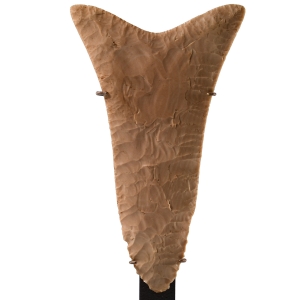
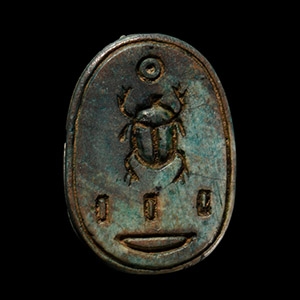
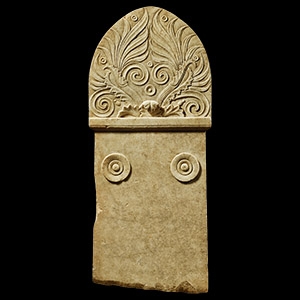
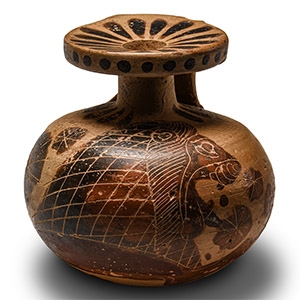
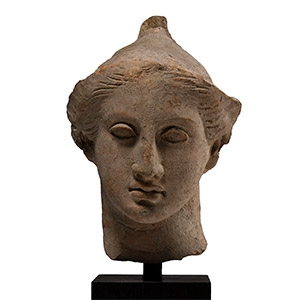
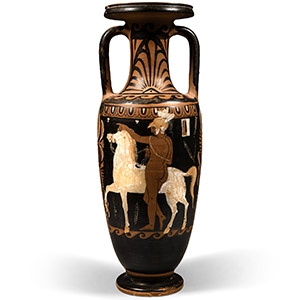
.jpg)
.jpg)
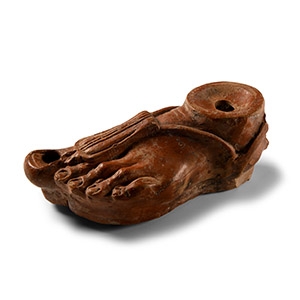
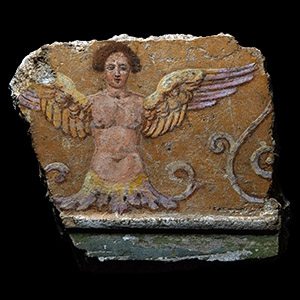
.jpg)
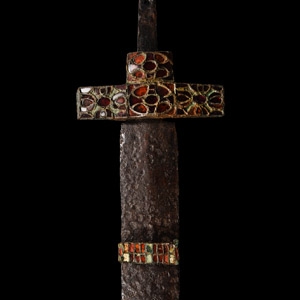
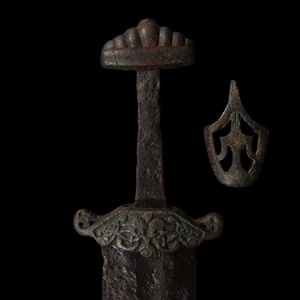
.jpg)
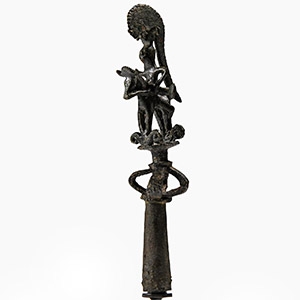


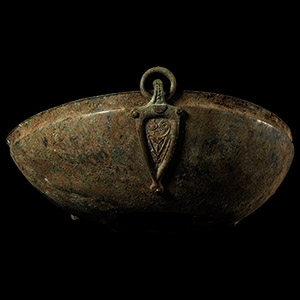
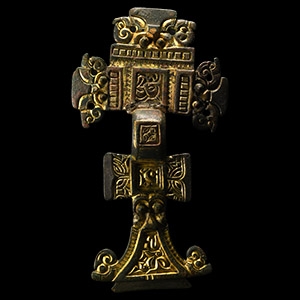
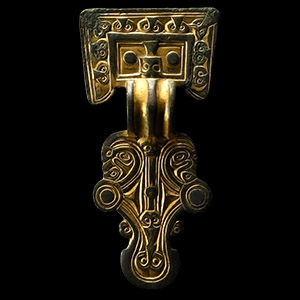
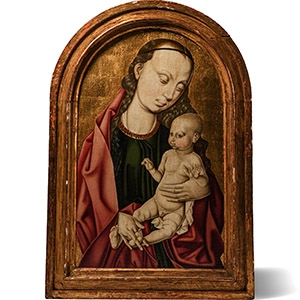

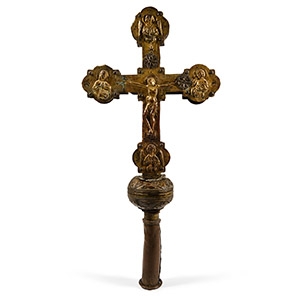
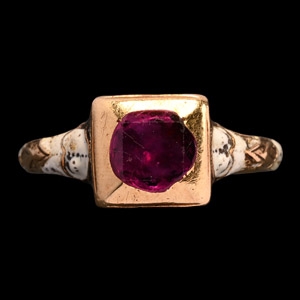

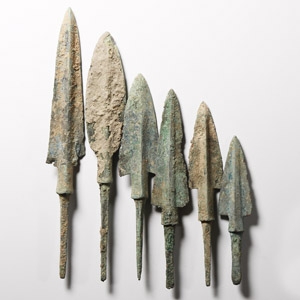
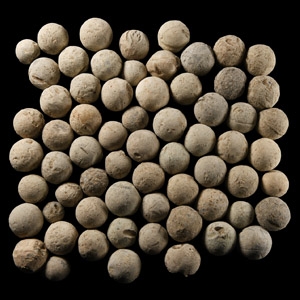

.jpg)


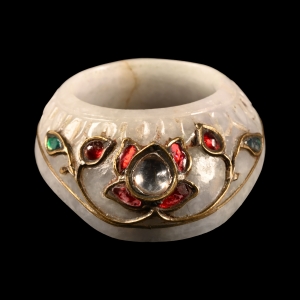


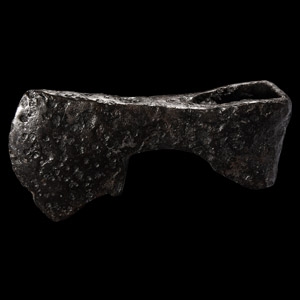
.jpg)



